|
Leading from Sha'ar Shushan, in the eastern wall of the Har Habayis, there was a long Kevesh-כבש ("bridge") that led to the place where they burned the Parah Adumah, on Har Hazeisim. (The ashes of the Parah Adumah-red heifer were used to purify people from Tumas Meis.) This place was located directly to the east of the Beis Hamikdash, as learned from the Passuk (Bamidbar 19:4) "Elazar the kohen shall take some of its blood with his finger and sprinkle it directly towards the Tent of Meeting seven times. 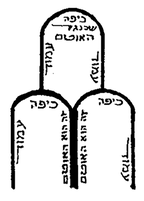 diagram of the arches, from the Rambam's Peirush Hamishnayos diagram of the arches, from the Rambam's Peirush Hamishnayos The Mishnah in Parah (3:6) says: וְכֶבֶשׁ הָיוּ עוֹשִׂים מֵהַר הַבַּיִת לְהַר הַמִּשְׁחָה, כִּפִּין עַל גַּבֵּי כִפִּין, וְכִפָּה כְנֶגֶד הָאֹטֶם, מִפְּנֵי קֶבֶר הַתְּהוֹם, שֶׁבּוֹ כֹהֵן הַשּׂוֹרֵף אֶת הַפָּרָה, וּפָרָה וְכָל מְסַעֲדֶיהָ, יוֹצְאִין לְהַר הַמִּשְׁחָה: They made a Kevesh from the Temple Mount to the Mount of Olives, being constructed of arches above arches, each arch placed directly above each foundation [of the arch below] as a protection against a grave likened to the depths (a grave that we don't know if it is there, which is like the depths that are covered over), whereby the priest who was to burn the cow, the cow itself and all who aided in its preparation went forth to the Mount of Olives. (Tumah from a corpse rises upwards, and anybody that is even partially on top of it becomes Tamei. However, if you have an empty space a tefach high, on top of which is a roof, this prevents the tumah from rising past that; this is called an Ohel. However, if the tumah is right under the foundation of the arch, it does not block the tumah, as there is no empty space to block it. Therefor they made two layers of arches, so that tumah can't rise to any point on the top of the Kevesh.) Now, what exactly is a Kevesh? In this context, it is usually translated as a bridge, and indeed, most Mefarshim on Yerushalmi Shekalim 4:2, say that the Kevesh was basically two bridges-גשרים on top of each other, with the arches supporting the upper one not being parallel to the arches supporting the lower one; rather the space of one arch is parallel to the foot of the other. However, the Rambam, in his Peirush Hamishnayos (Shekalim 4:2), writes that a Kevesh is a ramp that slopes upwards (like by the Kevesh of the Mizbeach, and many other places). The Meiri (on Shekalim 4:2) also writes this, and so too does Rabbeinu Nosson Av Hayeshivah explain (on Parah 3:6). However, these two opinions do not necessarily argue. It could be that a large bridge was built, leading from the Har Habayis, but the top surface of it was a ramp sloping downwards (with a ratio of 1:3), until it almost reached the ground, at which point it started sloping upwards, along the rise of Har Hazeisim, until it reached the platform on which the Parah Adumah was burned. This Kevesh would have started from Sha'ar Shushan, in the east wall of the sanctified Har Habayis, as the Mishnah (Middos 1:3) says "The Eastern gate, over which was a representation of the capital Shushan, and through which the high priest who burned the red heifer and all who assisted with it would go out to the Mount of Olives". An interesting thing is that the Rambam, in his Peirush Hamishnayos (Shekalim 4:2), writes that a Kevesh is made out of wood. However, in the peirush of Rabeinu Hay gaon on mishnayos taharos (Zavim 3:1) he writes that although generally speaking, most Kevashim are made of wood, the Kevesh of the Parah Adumah was made of stone. You also can learn the Rambam as saying that in general Kevashim are of wood, and not specifically this Kevesh, however this explanation is somewhat forced. Alternatively, it could be that just the top of the Kevesh and the walls and ledges (see next paragraph) were made of wood, while the supporting arches were made of stone. This would be easier for a number of reasons; like the fact that wood was not so cheap in Yerushalayim, and that a stone structure would be much sturdier. It should be pointed out that Rebbi Eliezer or Rebbi Elazar (or according to the Rash Mishantz's version, Rebbi Yehudah), in Tosefta Parah 3:5, argues, and says that there was not a whole Kevesh, rather it was just simple marble pillars, on top of which were placed wooden boards. The Tosefta also adds that really it was not necessary to bring the Parah Adumah on the Kevesh, as live animals cannot become tamei. Rabbeinu Ovadia MiBartenurah (on the Mishnah in Parah) explains that nevertheless, they still brought it on the Kevesh, as a special stringency by the Parah Adumah. The walls and ledges The Gemarah in Shekalim (Yerushalmi Shekalim 4:2) brings down a Baraisa that says that there were walls and ledges on either side of the Kevesh, so the Kohanim don't look over (another version is: go out) and become Tamei. The Mefarshim have different explanations what was the concern, and how did these walls and ledges remove it.
We see that some of these explanations explain the purpose of the walls, and some the purpose of the ledges. It could be that they were built for more than one reason, and each one of the Mefarshim is just saying another one of the reasons, which were all taken into account when they designed the Kevesh. The (re)building of the bridge The Mishnah in Shekalim (chapter 4) discusses what the money from the yearly half-shekel donation that everyone had to give to the Beis Hamikdash was used for. Three times a year, they would take out three baskets of the money from the room it was kept in, and use it for the various communal Korbanos, like the Korban Tamid brought twice a day, the korban Musaf on Yomim Tovim, and other Korbanos. Any remaining money left in the room at the end of the year was then used for various things. One of the things the Mishnah (Shekalim 4:2) mentions that it was used for building this Kevesh for the Parah Adumah, when it was necessary to build it. Abba Shaul argues; and says that the bridge was paid for by the Kohen Gadol who burned the Parah Adumah. (Even though it was not necessary for the kohen Gadol to burn it, but any Kohen could, almost every Parah Adumah was burned by the Kohen Gadol, as can be seen from the list in the Mishnah, Parah 3:5. [ראה עזרת כהנים, מדות א:ג, ד"ה כהן גדול השורף את הפרה, בשם הרמב"ם]) Rabbi Chanina, in the Talmud Yerushalmi (Shekalim 4:2) on this Mishnah, says that there was much arrogance in the families of the Kohanim Gedolim, as the bridge costed an astronomical sum, 60 Kikars of gold, or according to other versions, silver, and yet each one destroyed the previous Kevesh, and built a new one. [60 gold Kikars is worth, according to Rashi's conversion of weight, 140 million dollars; and according to the Rambam, 160 million dollars. 60 silver Kikar would be according to Rashi, 1.6 million dollars, and according to the Rambam, 1.9 million dollars.] Ulah asks on this to Rabbi Mana, that we learned in a Baraisa, that Shimon Hatzadik did two cows, and for each one he made a new Kevesh. Can we (Chas Veshalom) say that Shimon Hatzadik did this out of arrogance? Rather, they did this as a special honor to the mitzvah of burning the Parah Adumah. There are those who want to say (see for example, כבש פרה אדומה | Eyal Ben-Eliyahu - Academia.edu) that the Kevesh of the Parah Adumah was just an elevated walkway, elevated slightly above the ground. In order for an Ohel to block tumah, it must be 1 tefach (8 cm-3.1 inches) tall, so this walkway did not have to be too high to block tumah. They base this of the fact that this ramp was not found in the few excavations done on Har Hazeisim and Nachal Kidron, and from the fact that it is not mentioned by Josephus. From this Gemarah, however, we can disprove this theory, as a regular elevated walkway would not cost millions of dollars. R' Yaakov Emden, in his Sefer Lechem Shamayim on Mishnayos, deducts from the fact that the Mishnah says that they would "make" a Kevesh, that each Kevesh was destroyed after the Parah Adumah was burned, and therefore each Kohen had to build a new bridge. He writes that this was done to protect the city, as if they would have kept it, any enemy can easily go from Har Hazeisim to Yerushalayim; however, if there is no Kevesh, they have to go all the way down to the Nachal Kidron, and then go up to Yerushalayim. This, in fact, was the main fortification of the east, south, and west sides of Yerushalayim, that they were surrounded by valleys, and can't be easily approached. For this reason, most attacks on Yerushalayim were from the north, like Sancheriv's attempt, Nebuchadnezzar's attack, and Titus's attack. However, it seems like he forgot (or had some other explanation) about this Gemara in Shekalim, which number one, explains why they rebuilt the Kevesh each time, and number two, says that each Kohen Gadol broke the previous Kevesh and built a new one, which clearly shows that each one stood until it was broken by the next Kohen Gadol who burned a Parah Adumah. However, based on what he wrote we can explain the reason no archeological evidence of the Kevesh were found, and possibly why Josephus doesn't mention it. It would seem that when the Yidden prepared themselves for the Roman's attack on Yerushalayim, they would have destroyed the Kevesh to protect the city. (The stones might even have been used to fortify the city walls, as the city walls were also built with the remaining money from the half-shekel, as the Mishnah says in Shekalim 4:2.) It could be, that since during the end of Josephus's time spent in Yerushalayim, this bridge was not there, he did not mention it, especially since his main description of the city (in wars 5:4), is of how it was by the time of the Churban. (Another possibility of why he doesn't mention it is that it did not play a role in any major historical episodes, so he did not need to mention it.)
0 Comments
Leave a Reply. |
Website updatesI have added a new lego model of the Third Beis Hamikdash, with pictures and a video in the lego gallery. Categories
All
Archives
February 2024
AuthorMy name is Mendel Lewis. Hashem said to Yechezkel, "Its reading in the Torah is as great as its building. Go and say it to them, and they will occupy themselves to read the form of it in the Torah. And in reward for its reading, that they occupy themselves to read about it, I count it for them as if they were occupied with the building of it. (Tanchuma tzav 14) |
- Beis Hamikdash posts
-
sources
- Mishnayos Middos >
- Gemarah
- Rambam >
- Rishonim
- Sha'alos Uteshuvos HaRaDVaZ
- Shiltey Hagibborim
- Ma'aseh Choshev
- Chanukas Habayis (both) and biur Maharam Kazis on middos
- diagrams >
- Tavnis Heichal
- Be'er Hagolah
- Binyan Ariel
- Shevet Yehudah
- other
- Braisa D'Meleches Hamishkan
- Third Beis Hamikdash sefarim
- from Josephus-יוסיפון >
- קובץ מעלין בקדש
- Kuntres Klei Hamikdash
- Gallery
- videos
- 1st Beis Hamikdash
- 3rd Beis Hamikdash
- virtual walkthroughs
- 3d models
- Lego Gallery
- diagram of Mizbeach
- contact
Proudly powered by Weebly

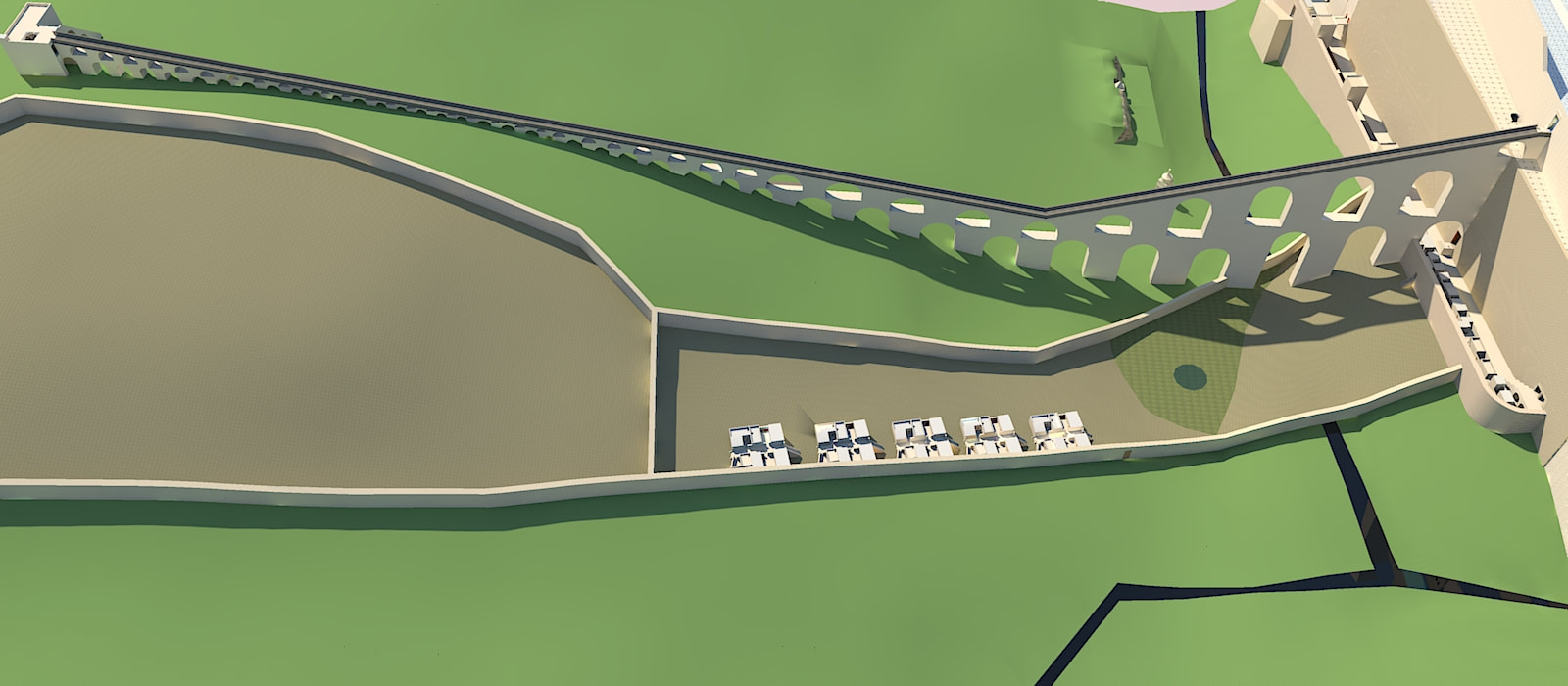
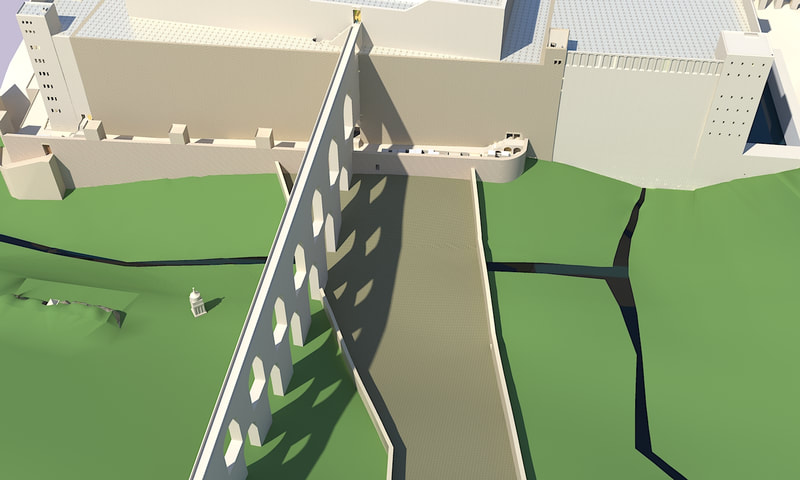
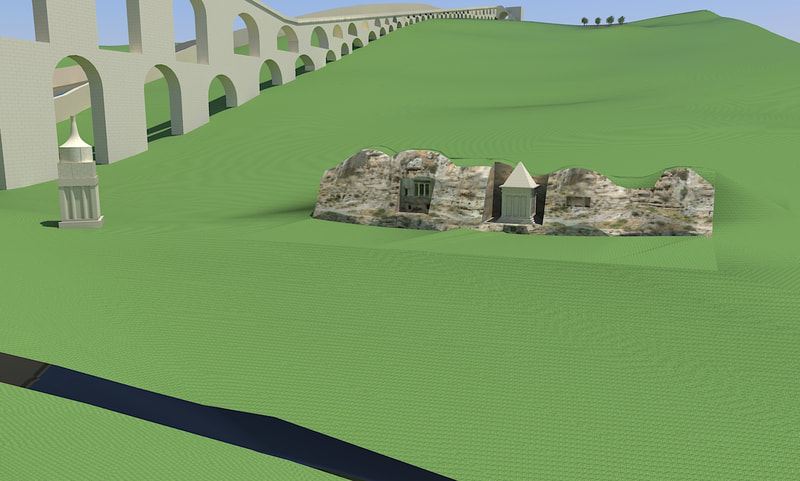
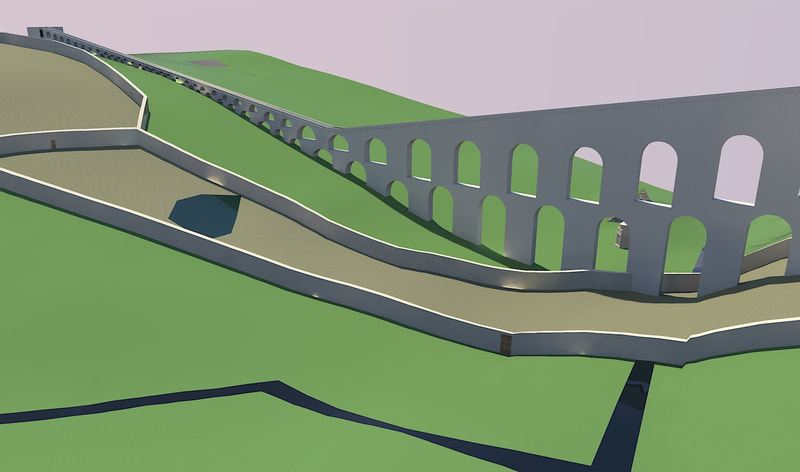
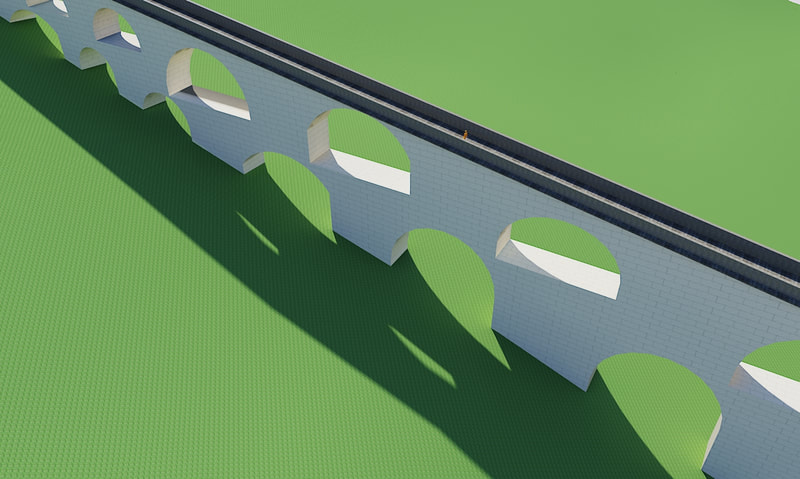
 RSS Feed
RSS Feed